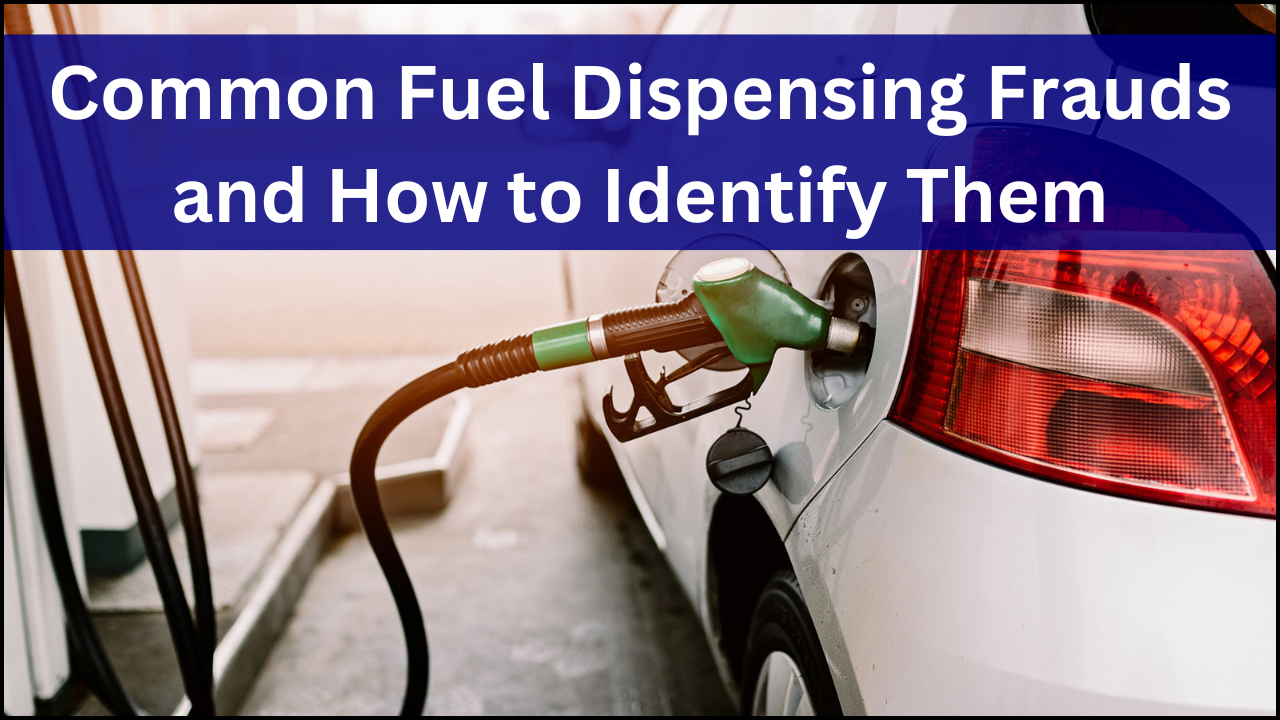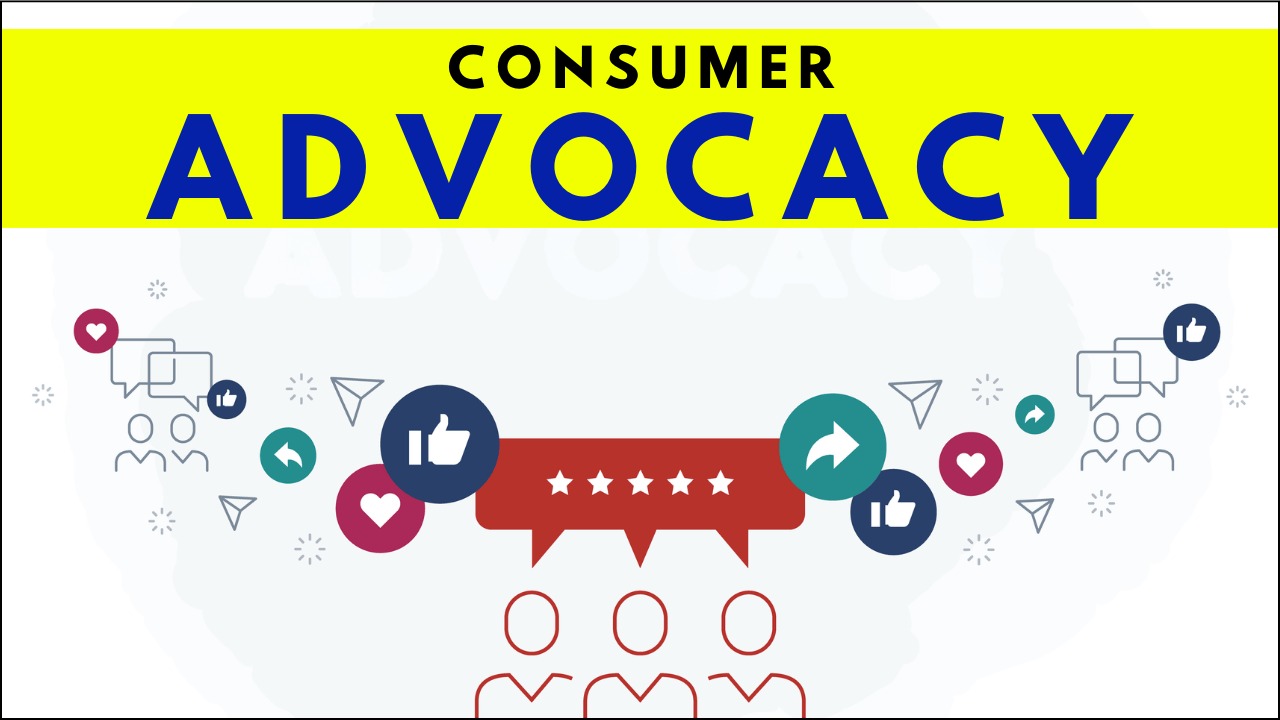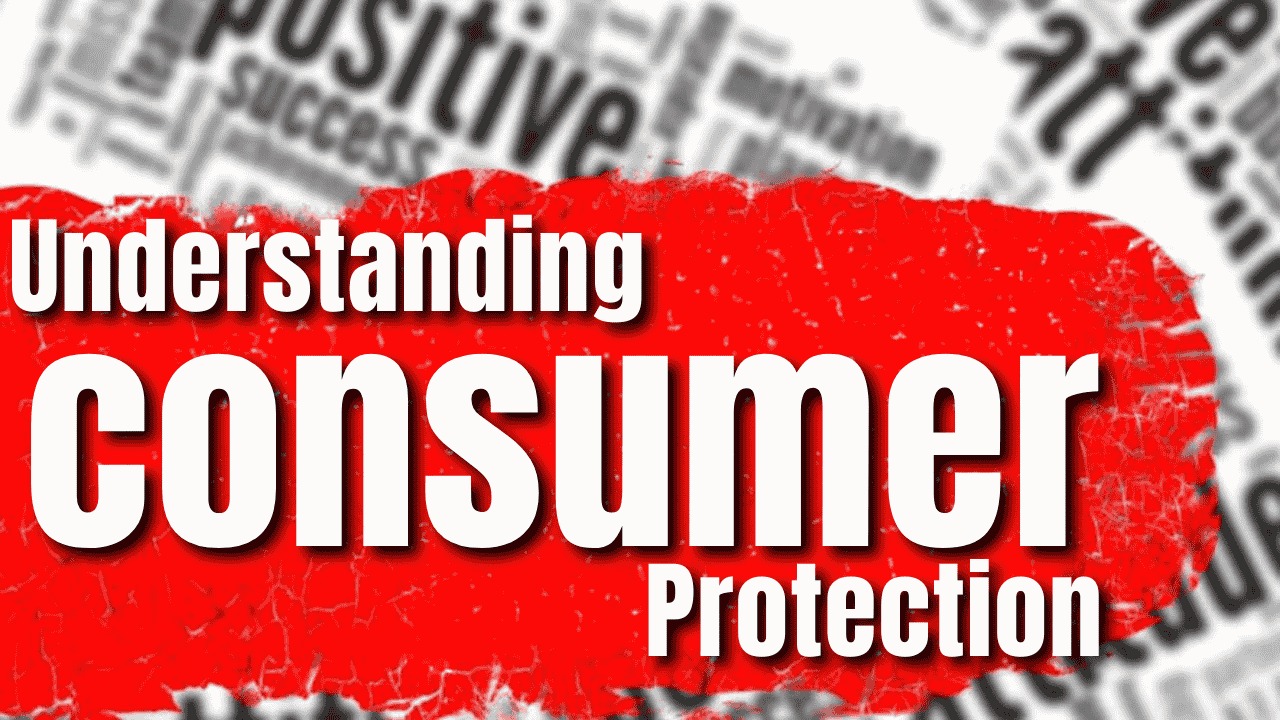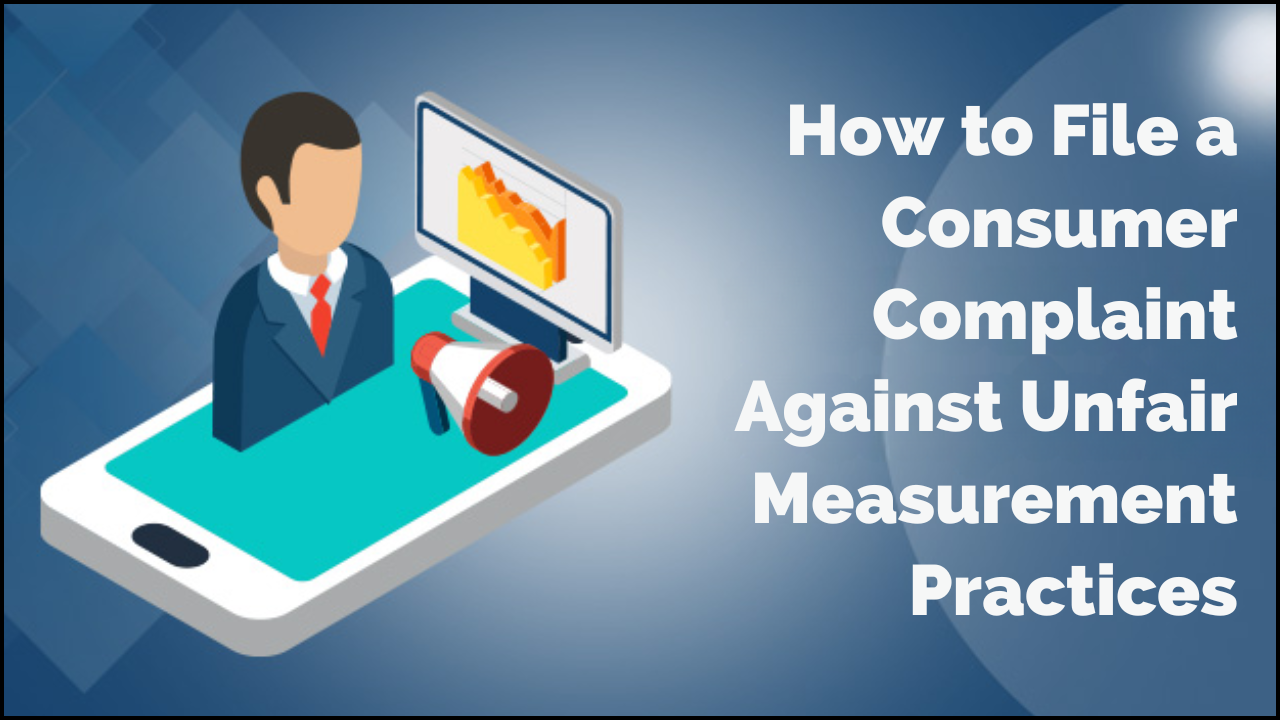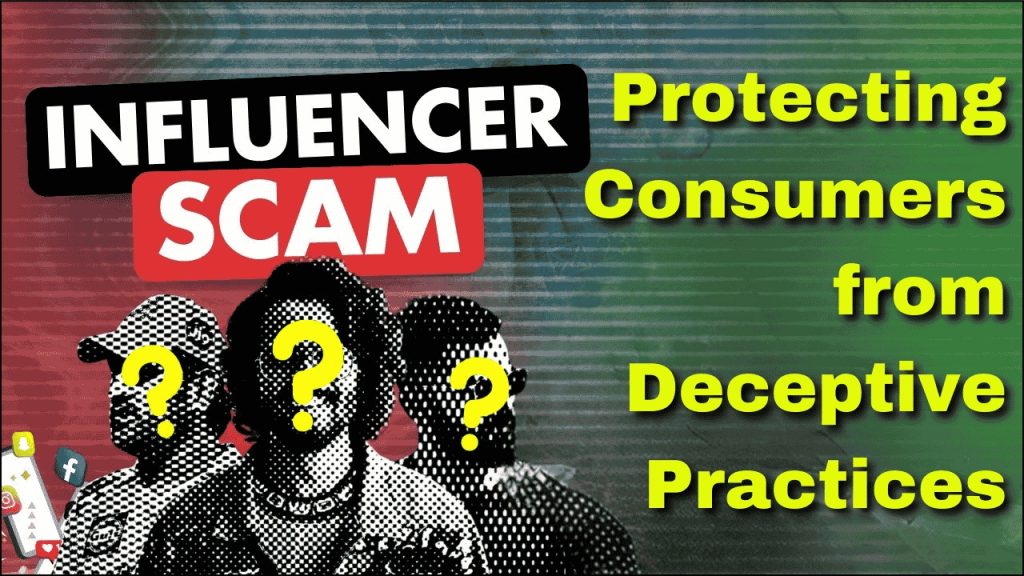
In recent years, influencer marketing has grown into a powerful tool for businesses to promote their products. Social media influencers, with their vast followings, often collaborate with brands to endorse goods and services. However, this industry has also given rise to numerous scams that deceive both consumers and influencers.
What are Influencer Marketing Scams
Influencer marketing scams come in various forms. Some involve fake influencers who pretend to have a large following, while others involve fraudulent brands that trick influencers into working for free. Consumers, too, can fall victim to scams through false advertising, fake giveaways, and counterfeit products.
One common scam is the fake product endorsement, where influencers promote products without actually using them. Brands may pay influencers to give positive reviews, even if the product is low quality or ineffective. Another deceptive practice is fabricated giveaways, where influencers claim to host contests but never distribute prizes. This not only misleads participants but also helps the influencer gain more followers dishonestly.
Another major issue is bot-generated engagement, where influencers buy fake followers, likes, and comments to appear more influential. This tricks brands into paying them for promotions based on false statistics.
Ways to Spot an Influencer Scam
Identifying scams in influencer marketing requires a keen eye. Here are some red flags that can help spot fraudulent activities:
1. Unusual Engagement Patterns
One of the biggest signs of a scam is an influencer with a high number of followers but little engagement on their posts. If an account has thousands of followers but only a few comments or likes, it could indicate that the followers are fake. Authentic influencers have consistent engagement where their audience actively interacts with their content.
2. Lack of Transparency
Legitimate influencers disclose paid partnerships and sponsorships using hashtags like #Ad or #Sponsored. If an influencer promotes a product without transparency about their relationship with the brand, it raises concerns about honesty and ethical marketing.
3. Fake Reviews and Testimonials
Consumers should be cautious of influencers who always give overly positive reviews. If an influencer never shares any negatives about a product or service, they might be misleading their audience.
4. Unverified Giveaways
Many influencers host giveaways to increase their following, but not all of them are genuine. If an influencer frequently holds contests without announcing winners or providing proof of prize distribution, it may be a scam.
5. Questionable Brand Partnerships
Scammers often pretend to be from well-known brands and approach influencers with collaboration offers. If an influencer receives a brand deal from an unknown or suspicious company that asks for payment to receive the product, it is likely a scam.
6. Poor Communication and Pressure Tactics
Fraudulent brands or influencers often rush people into making quick decisions. If a brand demands immediate action, such as purchasing a product upfront or signing an unclear contract, it is a warning sign.
7. Inconsistent Content Quality
A legitimate influencer maintains a consistent posting style and quality. If their content suddenly shifts towards promotional posts with no personal touch, they may be participating in misleading marketing tactics.
Protecting Consumers from Influencer Scams
Consumers need to be cautious when following influencer recommendations. Here are some steps they can take to avoid falling for scams:
1. Research Before Purchasing
Before buying a product endorsed by an influencer, consumers should read reviews from other buyers. Checking multiple sources can help determine if the product is genuinely useful or just a result of paid promotion.
2. Verify the Influencer’s Credibility
Consumers can investigate an influencer’s past partnerships and engagement levels. A genuine influencer will have a history of working with reputable brands and will engage meaningfully with their audience.
3. Cross-Check Giveaway Authenticity
If an influencer runs frequent giveaways, consumers should look for proof of previous winners. Real giveaways often feature posts announcing winners and tagged participants.
4. Be Wary of High-Pressure Sales Tactics
Influencers who create a sense of urgency, such as “limited stock” or “only available for 24 hours,” may be using manipulative marketing techniques. Consumers should take their time to evaluate the product before making a decision.
5. Report Suspicious Activity
If consumers suspect an influencer or brand of dishonest practices, they should report them to the platform or relevant consumer protection authorities.
How Influencers Can Avoid Scams
Just as consumers should be cautious, influencers must also protect themselves from fraudulent brands and partnerships.
1. Verify Brand Authenticity
Before accepting collaborations, influencers should research the brand’s website, customer reviews, and business credentials. If a brand has no online presence or negative reviews, it is best to avoid working with them.
2. Request a Written Contract
Legitimate brands provide clear agreements outlining payment, deliverables, and timelines. Influencers should never accept deals without written contracts to protect themselves from unpaid work.
3. Avoid Paying for Brand Deals
Brands that ask influencers to purchase their products before promoting them are often running scams. Genuine partnerships provide influencers with free products or payment for promotion.
4. Be Transparent with Followers
Honesty is key to maintaining trust with an audience. Influencers should always disclose paid promotions and provide honest reviews rather than misleading their followers.
5. Watch for Red Flags in Communication
If a brand uses unprofessional email addresses, generic messages, or high-pressure tactics, influencers should be cautious. Legitimate brands communicate professionally and provide clear details.
Closing Reflections
Influencer marketing is a powerful tool, but it has also become a breeding ground for scams. Both consumers and influencers must stay vigilant against deceptive practices to protect themselves. By recognizing red flags, conducting thorough research, and prioritizing transparency, individuals can enjoy the benefits of influencer marketing without falling prey to scams. Staying informed and cautious ensures that the digital space remains trustworthy for all parties involved.
